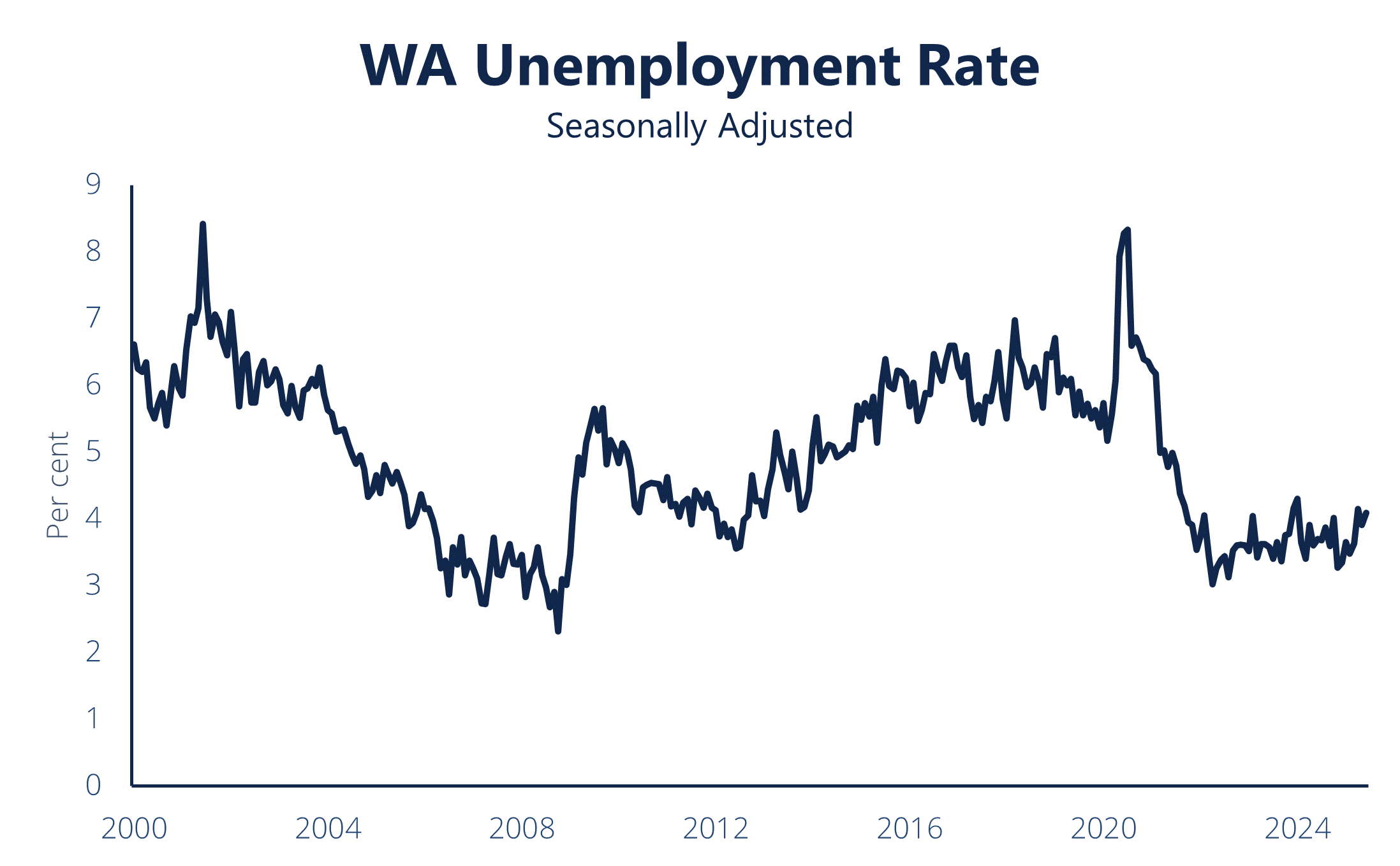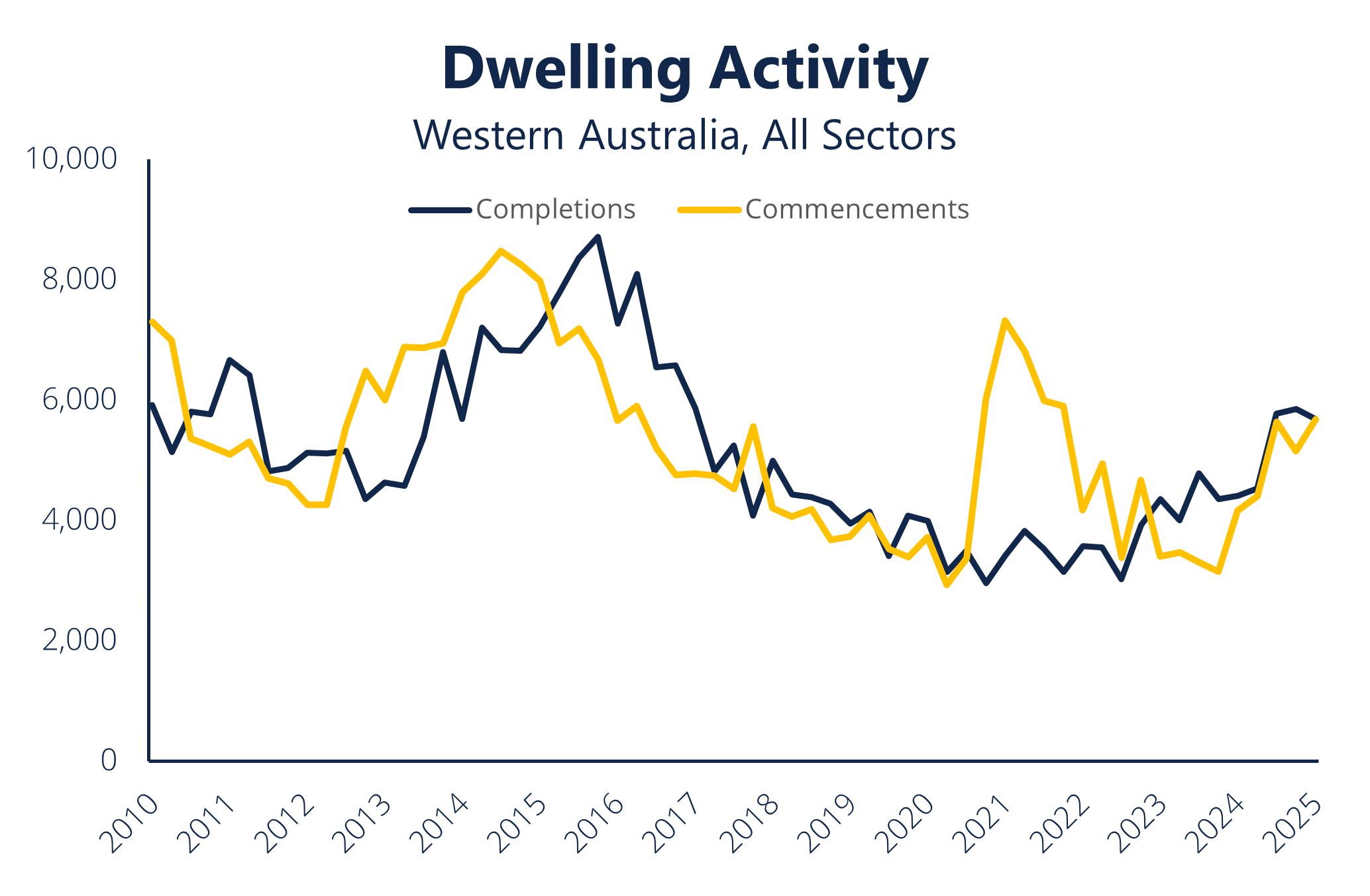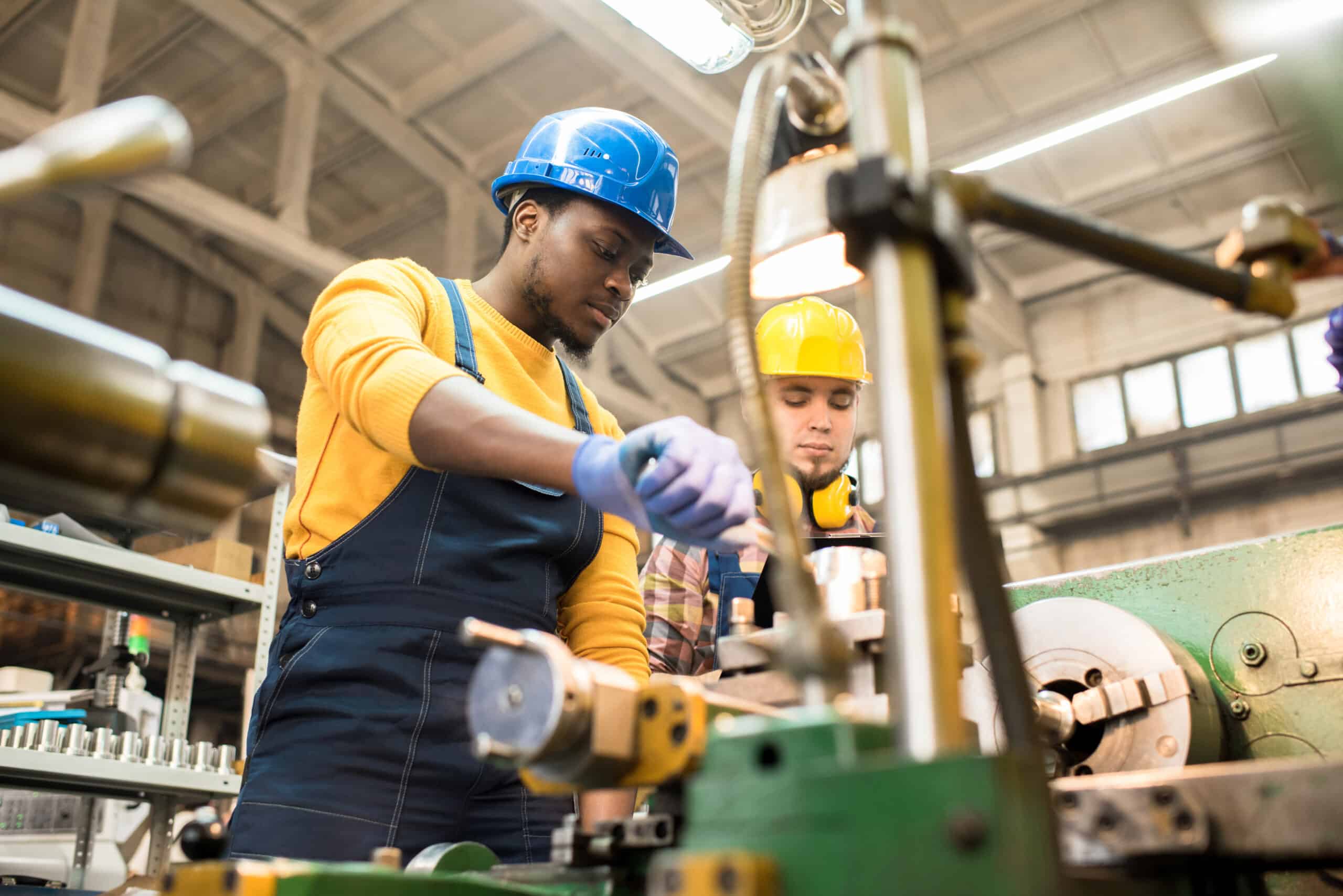WA’s unemployment rate ticked up slightly over June, while residential building activity was positive to begin the year. CCIWA Head of Economics Sam Collins explains.
WA’s unemployment rate rises in June
 Labour force data released today revealed Western Australia’s unemployment rate picked up in June, rising 0.2 percentage points to 4.1%. Despite the increase, WA continues to have one of the lowest unemployment rates of all states, behind only Tasmania. Nationally, the unemployment rate also lifted 0.2 percentage points to 4.3%.
Labour force data released today revealed Western Australia’s unemployment rate picked up in June, rising 0.2 percentage points to 4.1%. Despite the increase, WA continues to have one of the lowest unemployment rates of all states, behind only Tasmania. Nationally, the unemployment rate also lifted 0.2 percentage points to 4.3%.
The underutilisation rate – the broadest measure of workforce capacity – ticked up to 9.5%. While this is the highest rate in almost 12 months, it is still well below pre-COVID levels.
Following a strong gain last month, the number of people in employment fell slightly in June, with 8,300 fewer people working in June than in May. This decline was broad based, with both full-time (-3,900) and part-time (-4,500) roles seeing a decline, while both males (-4,100) and females (-4,200) also saw similar falls.
Building activity solid to start 2025

While the number of housing completions fell marginally over the March quarter (-2.9% to 5,688), it remains close to the highest levels recorded since late 2016. In annual average terms, dwelling completions are also up a significant 24.3% over the year to March in further signs activity has recovered.
What this means for WA businesses
The rise in WA’s unemployment rate is not unexpected and is likely to continue further as the tight labour market experienced since the Covid-19 pandemic continues to gradually ease. While an increase in unemployment may signal a slowdown in economic growth, this is coming off a low base and is more of an indication that the supply and demand of labour is now in better balance than it has been for some time. This should see hiring conditions improve for many businesses.
At the same time, the solid results in housing construction are a well needed boost to the housing supply shortages currently being experienced across the state. The improved level of activity has already been partly reflected in the slowdown in house price growth and may also assist businesses struggling to attract staff as a result of these housing shortages.
CCIWA’s Economic reports are available exclusively to CCIWA Complete, Advantage and Corporate Members. For more, see CCIWA’s Economic Insight page.












